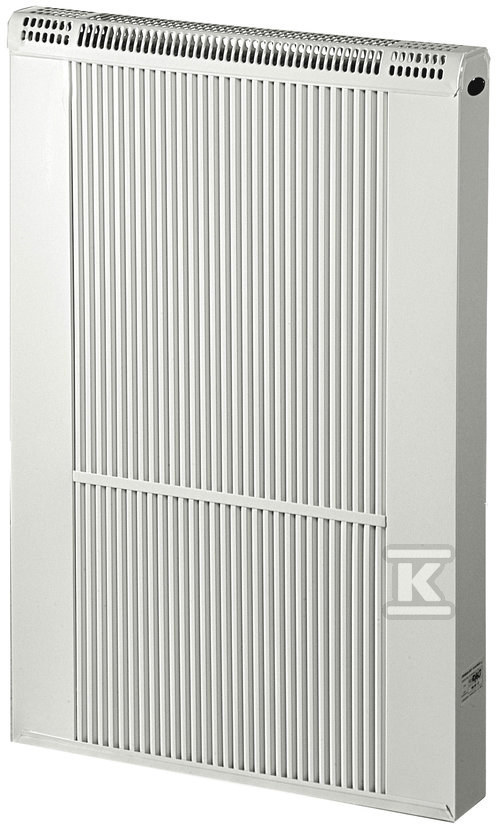The goal of heat production is obvious: the highest (all year round) thermal comfort for the lowest possible price. The product you produce (heat) must be delivered to end users as efficiently, cheaply and quickly as possible.
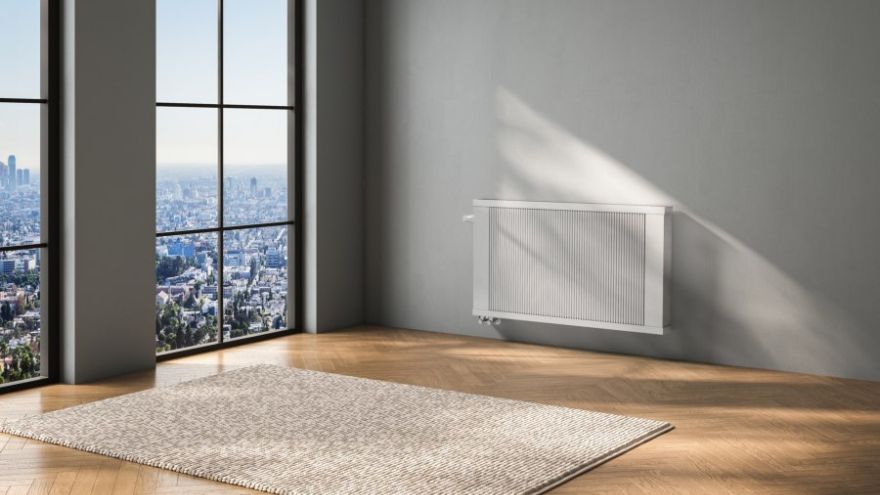
Check out the Regulus brand offer at the Onninen wholesaler
What factors influence the thermal efficiency of a radiator?
Three stages:
- production (heat source or sources);
- storage (if required by the fluidity or instability of the production process), logistics centre for central heating purposes – heat buffer tank, for the accumulation of heat from many sources + domestic hot water heating – e.g. stratification tank;
- distribution – central heating radiators.
At each of the above stages, unjustified losses may occur. Heat can be optimally generated but not optimally stored or distributed. For maximum heating economy and thermal comfort, all elements of the process are important. Your goal is the maximum satisfaction of your customer.
What interests a radiator user?
1. Quick access to heat in the desired quantity. This requirement guarantees the possibility of producing and distributing heat in a wide range of supply temperatures, and not just low-temperature heating - an important user expectation in our climate zone.
2. Cheap start of heating. This requirement will be met by copper-aluminum radiators – heat distributors with high efficiency and the lowest possible thermal inertia.
3. Easy start of heating – the entire installation is started at one point, in a simple way, easy to operate even by a layman.
4. Open possibility of modifying the central heating installation – changing the heat source or adding a new heat source – the radiator system, i.e. the heat distribution system, operating with high efficiency, in a wide range of supply temperatures, configured according to the above objectives, can be supplied with any controllable heat source – heat pump, solid fuel boiler, fireplace with water jacket, gas boiler, electric boiler. Changing the heat source does not entail the need to make any changes to the heat distribution system.
Regulus radiators are radiators and heat exchangers that require a small amount of start-up energy and allow easy and cheaper use of central heating all year round.
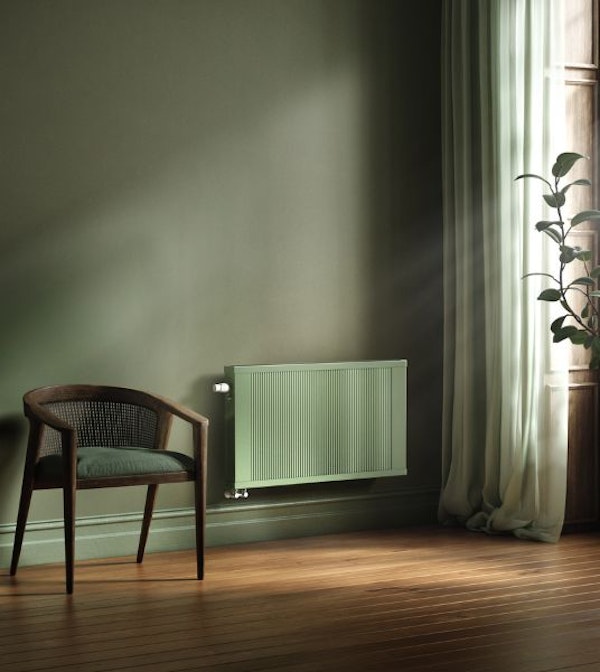
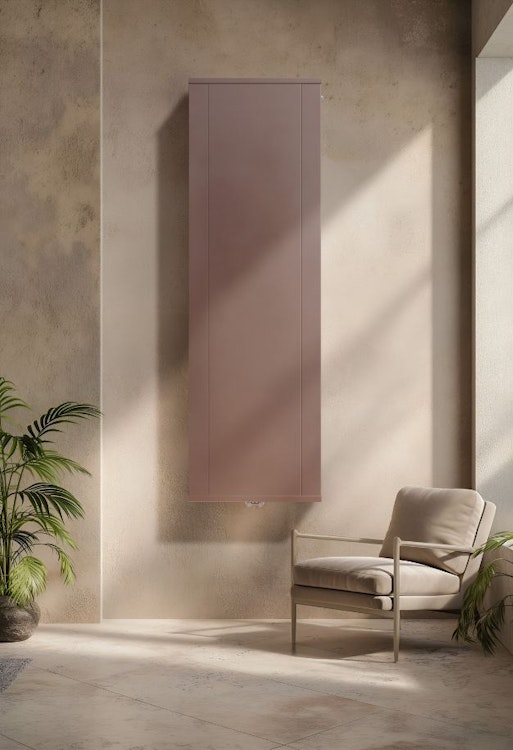
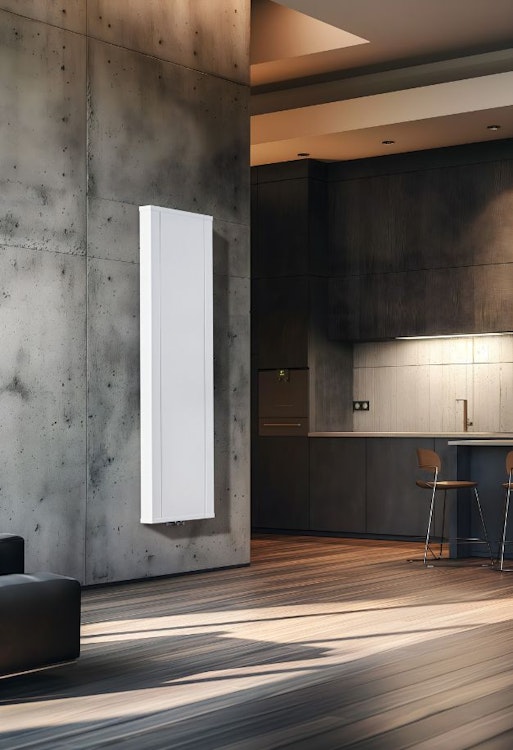
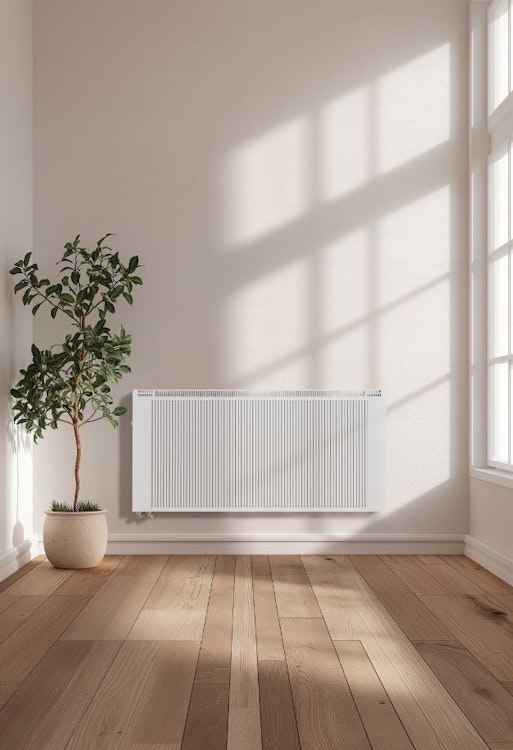
Buffer heat tank in heat pump installations
A buffer heat tank should be installed in each installation where there is a suspicion that reducing the amount of the charge by gradually closing or cutting off some radiators or heating zones from the circulation by room controllers or other elements, e.g. thermostatic valves, may lead to relative oversizing of the heat source power and, as a result, to its harmful cycling.
All major manufacturers or dealers of heat pumps on the Polish market recommend using a buffer in cooperation with their devices, even for inverter pumps, although in this case the buffers can be smaller, 5-10 ltr/kW of PC power. Buffers are recommended and this is regardless of whether the heat pump works with underfloor heating or with radiators. A PC working with underfloor heating can also cycle!
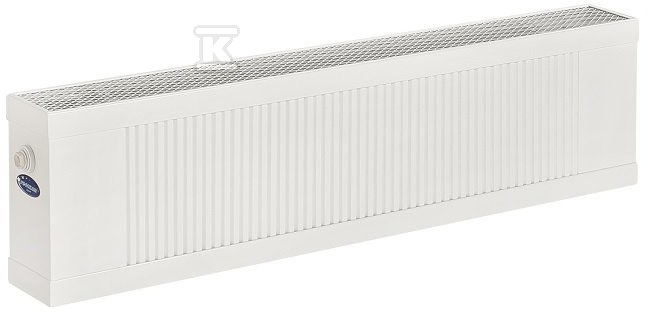 The weather in Poland is becoming more and more dynamic. Waves of extreme heat are interspersed with waves of annoying cold. Having radiators with low thermal inertia allows you to use them at any time of the year. Why? Because their starting energy is negligible, heating is easy to start and just as easy to stop.
The weather in Poland is becoming more and more dynamic. Waves of extreme heat are interspersed with waves of annoying cold. Having radiators with low thermal inertia allows you to use them at any time of the year. Why? Because their starting energy is negligible, heating is easy to start and just as easy to stop.
Radiators are not there to stabilize or protect any heat source from overclocking! Radiators are supposed to heat – when needed and how much needed. Radiators are supposed to distribute the heat produced in the optimal amount!
A heat pump operating with the hysteresis appropriate for its optimal operation + a buffer heat tank cooperating with it are one circuit, one "separate entity".
Can radiators working with a heat pump also be used for cooling?
Absolutely, and it would be at least strange if the owner of a heat pump "missed" such an opportunity to use an expensive device they already own.
Principle: there is no effective cooling of rooms without forced air circulation through the exchanger, therefore, to implement the cooling function, the user must have radiators - exchangers equipped with a fan.
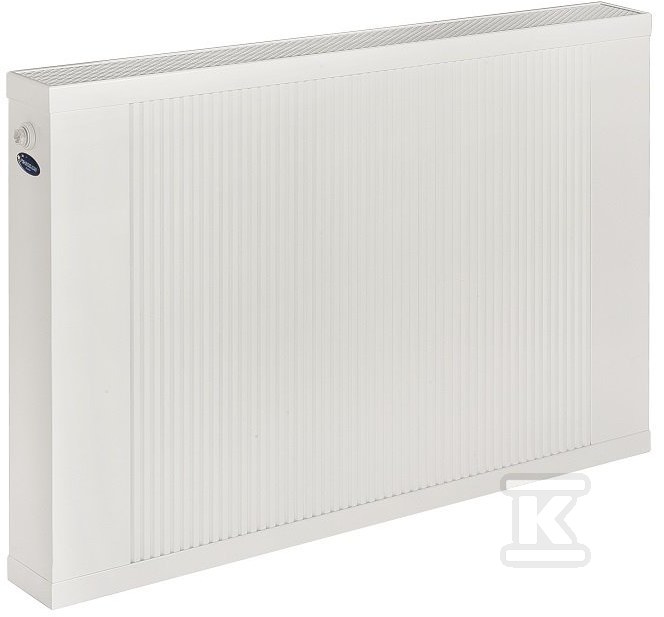 Cooling with underfloor heating? Practice rejects such a solution. The floor is not suitable for cooling purposes due to the fact that cold, heavier air "sticks" to the floor and does not mix with warm air. You will get a "cold floor effect", not a cooling effect. Controlling cooling in this way is almost impossible: in places with poorer ventilation (under furniture, in the corners of rooms) moisture may condense and mold may appear...
Cooling with underfloor heating? Practice rejects such a solution. The floor is not suitable for cooling purposes due to the fact that cold, heavier air "sticks" to the floor and does not mix with warm air. You will get a "cold floor effect", not a cooling effect. Controlling cooling in this way is almost impossible: in places with poorer ventilation (under furniture, in the corners of rooms) moisture may condense and mold may appear...
In the case of fan-assisted radiators used for cooling, their cooling capacity has been determined for the so-called dry cooling, i.e. without exceeding the dew point (dT 10°C–28/18°C). In practice, depending on the air humidity, dT between the temperature of the cooled interior and the temperature of the cooling agent (installation water) may be higher, which means significantly higher cooling capacity. With air humidity around 35%, users reduce the inlet temperature to even 11.5-12°C.
Radiators used in the dry cooling function do not require a condensation pan and therefore do not require condensation drainage.
Central cooling with heat pump
Several, a dozen or so radiators in the installation have a specific, not to be despised cooling power, sufficient during a heat wave to significantly improve the thermal comfort of the rooms cooled in this way. We can easily change a central heating installation into a central cooling installation!
